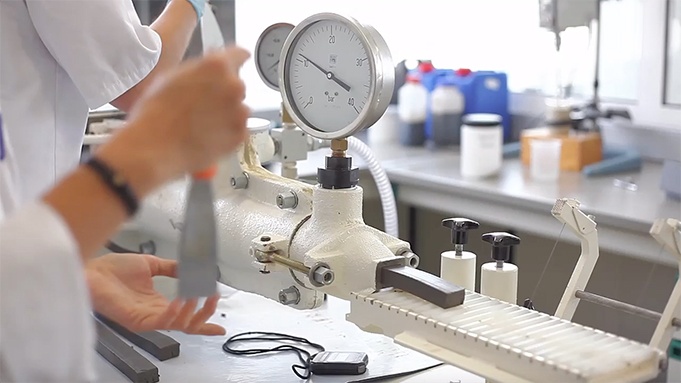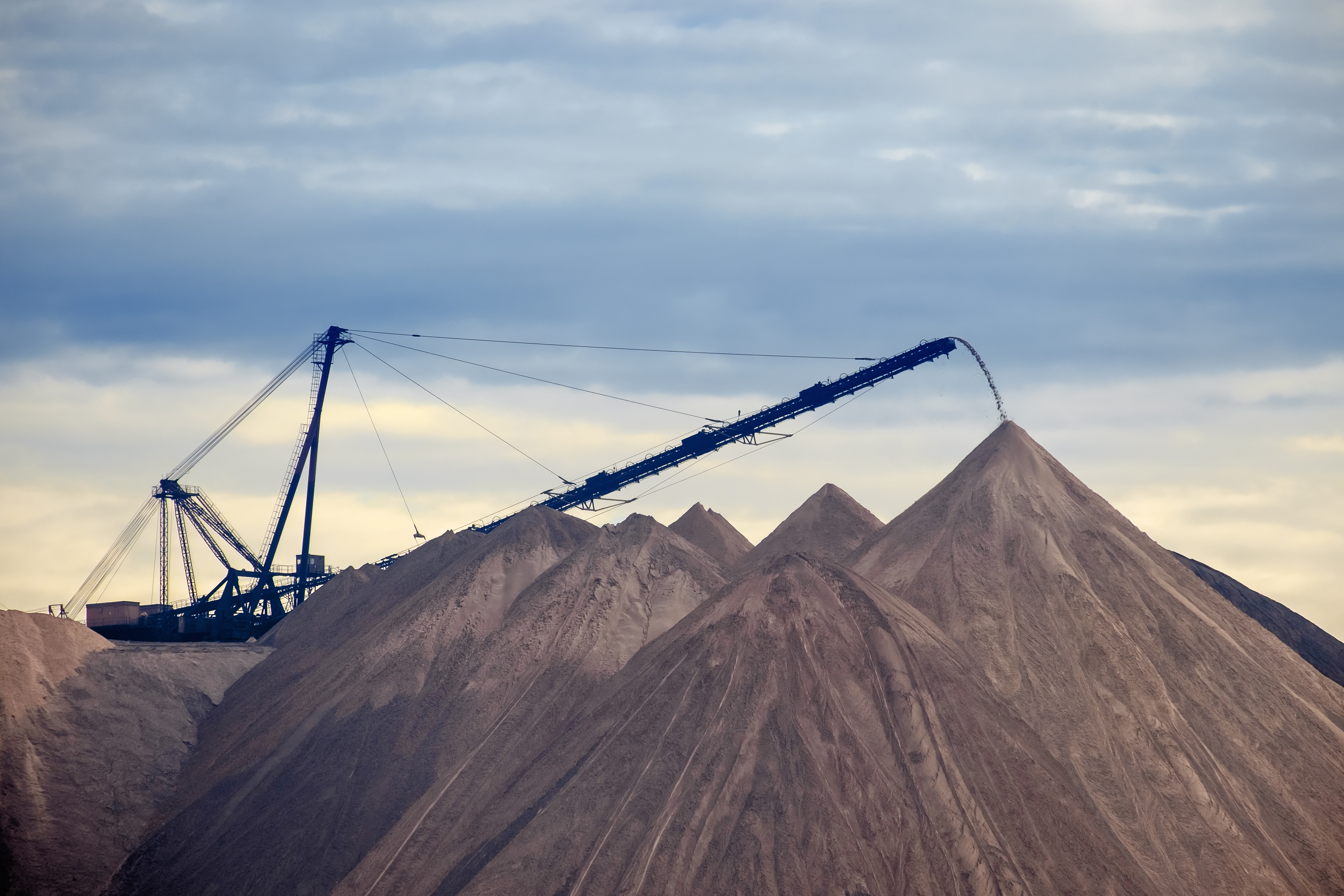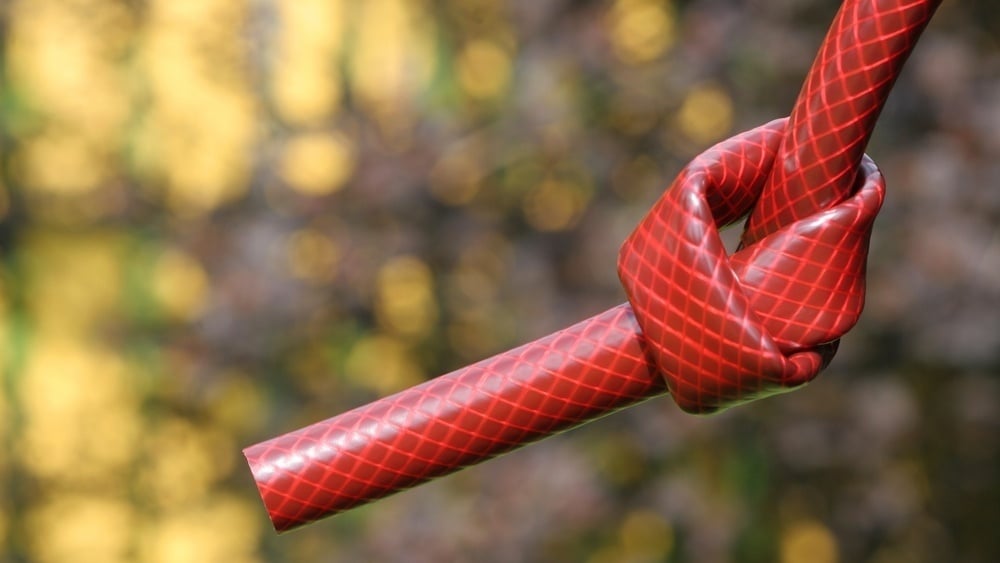In the past, potters used to “age” their moist clay in damp cellars or storage containers for years to achieve the effects that are now possible after a few minutes of clay mixing.
Temaer: Structural, Refractory, Clay additives
Clay formulation improvement for a better decorative tile production
By Miguel Ten 13-Jul-2017 07:30:00
Clay body formulation has been in a continuous evolution since the modern-day tile industry trended towards large and more aesthetic in appearance. This evolution is calling for adjustments to achieve required performances whilst optimizing production costs.
Temaer: Decorative, large tiles, raw materials, Clay additives
Various amounts of water are added within brick and tile manufacturing depending upon which process route you choose. A stiff extrusion may have water content as low as 10% while a soft mud factory may be as high as 30%. With hand made and water-struck products, this water addition value may even go higher. However, although these levels of water may be advantageous for manufacturing, they still require to be driven out during the drying process to enable the products to be fired.
Temaer: Structural, Clay additives
Increasing Extrusion Rate in brick and roof tile manufacturing
By Jonathan Savage 28-Mar-2017 13:04:00
In modern brick production, massive investments in infrastructure and machinery dictate the way we make bricks and roof tiles, i.e it will take a lot of effort (not to mention a lot of money) to rearrange a production line or buy new equipment. Still, optimizing production is always a subject of attention. Given a fixed production line, a technical manager soon runs out of options when trying to produce more bricks or tiles. However, leaning on modern chemistry, it is possible to increase the extrusion rate significantly.
Temaer: Structural, Clay additives, extrusion






